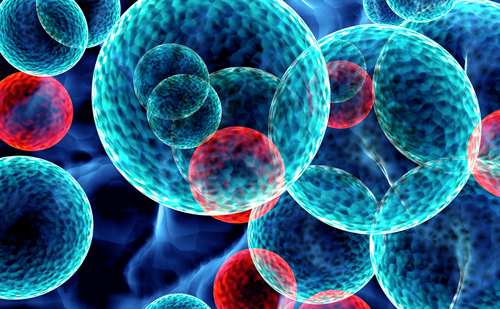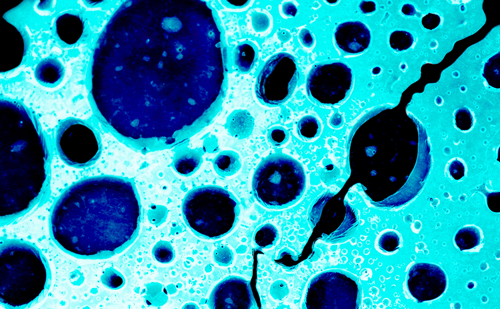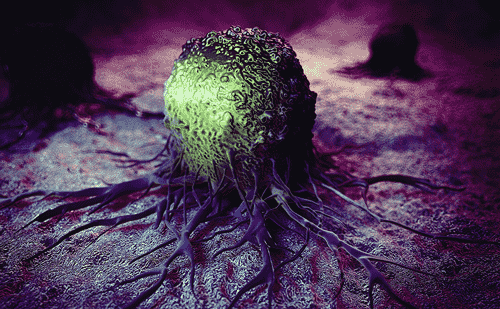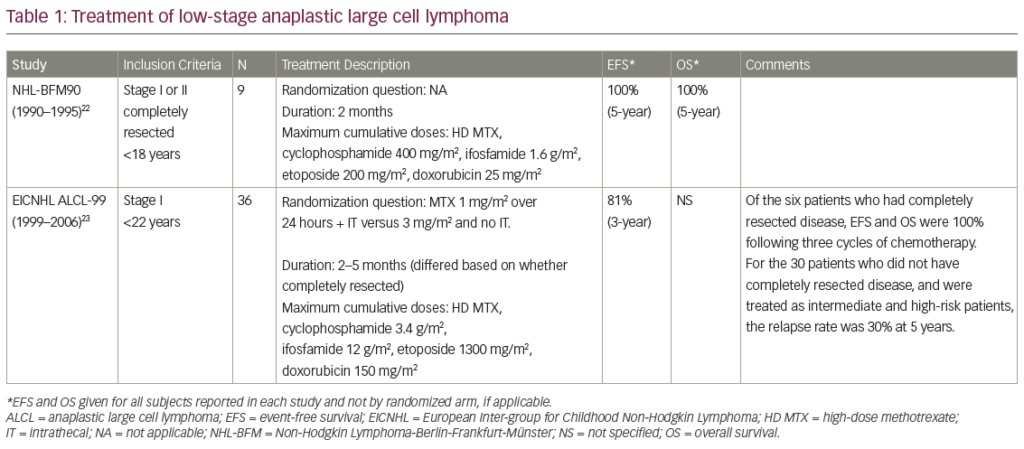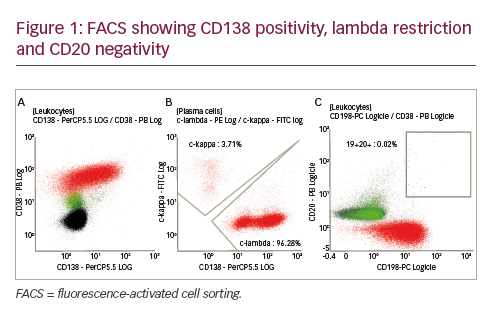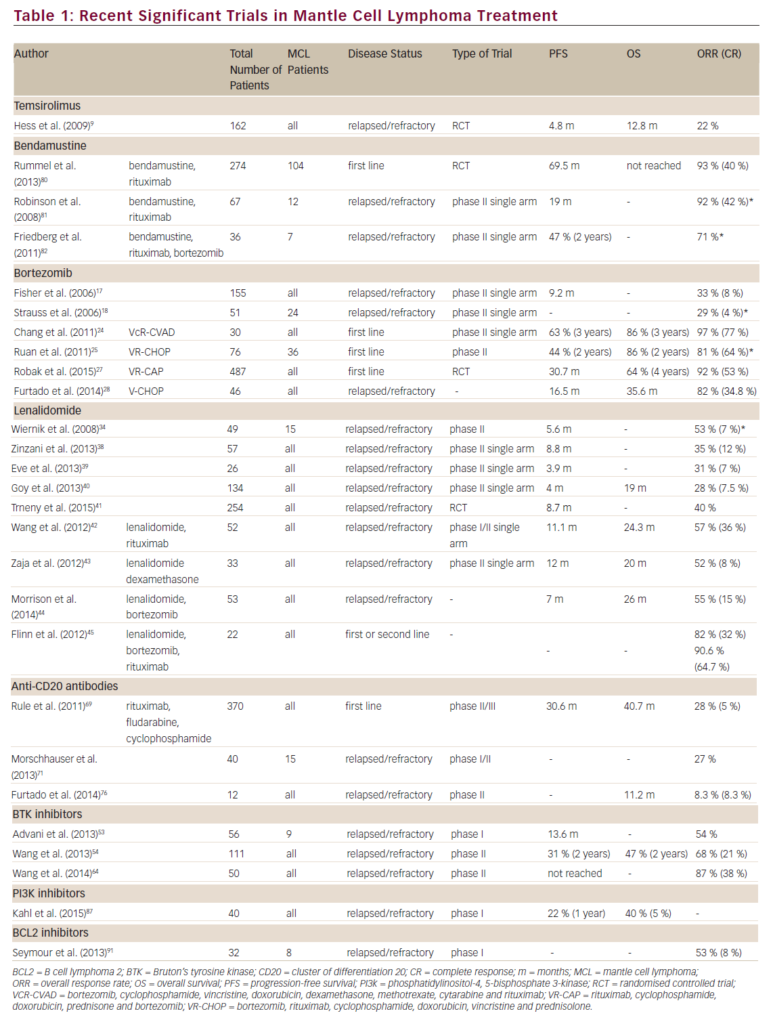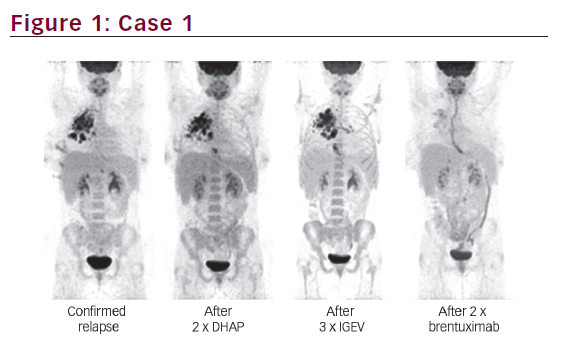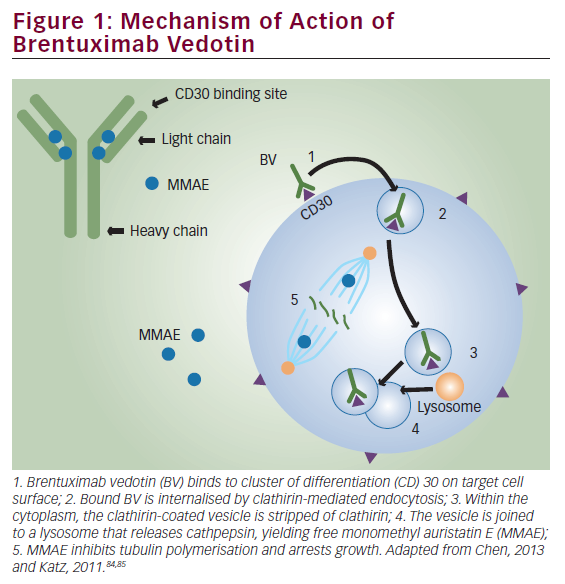Individualized treatment of patients with malignancy is feasible in modern oncology due to improved molecular techniques and the development of novel, targeted agents. Diffuse large B-cell lymphoma (DLBCL) is the most common non-Hodgkin lymphoma (NHL). Standard frontline therapy consists of combined immunochemotherapy with rituximab, cyclophosphamide, doxorubicin, vincristine, and prednisone (R-CHOP). Although outcomes for patients with DLBCL improved significantly with the addition of rituximab to the standard cytotoxic chemotherapy backbone over a decade ago, they have largely remained stable since that time. Approximately 40 % of DLBCL patients will develop relapsed or refractory disease.1,2 Most patients in this setting succumb to their disease despite salvage treatments, suggesting that the highest impact area for improvement is first-line therapy.3 Recent advances in molecular characterization techniques have deepened the understanding of the biology of DLBCL and paved the way for personalized therapies aimed at improving outcomes in this disease.
Gene expression profiling of DLBCL has identified two distinct subtypes classified by the malignant cell of origin (COO): germinal center B-cell (GCB) and non-GCB DLBCL, the latter of which is further categorized into activated B-cell (ABC) DLBCL and primary mediastinal B-cell lymphoma.4 ABC-DLBCL displays chronic active B-cell receptor (BCR) signaling and is associated with inferior clinical outcome, while GCB-DLBCL is associated with better outcomes and a pathogenesis that may involve epigenetic changes and the anti-apoptotic B-cell lymphoma-2 (BCL-2) family of proteins.5,6 Immunohistochemical and gene expression profiling methods that permit real-time assessment of COO on paraffin-embedded tissue are now available, and therefore molecular subtyping of DLBCL is increasingly feasible in the clinic. Additionally, increased understanding of signaling pathways, genetic mutations, and biomarkers in lymphomagenesis has driven a rapid expansion of novel, biologically targeted therapies with differential activity in specific DLBCL subtypes, particularly in ABC-DLBCL. Molecular subtype in DLBCL is therefore both a prognostic and a therapyrelated biomarker.
Multiple classes of novel agents targeting the BCR pathway or its downstream constituents have been investigated in clinical trials, with emphasis on efficacy in ABC-DLBCL. These include immunomodulatory drugs (IMiDs), proteasome inhibitors, and BCR signaling pathway inhibitors. IMiDs such as lenalidomide may enhance antibody-dependent cell-mediated cytotoxicity (ADCC), inhibit production of inflammatory cytokines, and decrease nuclear transcription factor kappa B (NFκB) activity.7,8 Phase II studies have demonstrated the efficacy of single-agent lenalidomide in relapsed/refractory NHL, with significantly improved response rates and progression-free survival observed in non-GCBDLBCL. 9 Proteasome inhibitors, such as bortezomib, suppress the NFκB pathway, which is constitutively activated in ABC-DLBCL. Bortezomib was one of the first agents to show promising results in relapsed and refractory disease based on molecular subtype.10 Lastly, as anticipated, given the central role of BCR signaling in the pathogenesis of ABCDLBCL, BCR pathway inhibitors such as ibrutinib have also demonstrated encouraging response rates in the relapsed and refractory setting.11
Patients with GCB-DLBCL have better clinical outcomes than those with ABC subtype, but relapse after initial chemotherapy is associated with poor outcome regardless of COO. Most agents active in ABCDLBCL appear to have little activity in the GCB subtype. However, BCL-2 proteins appear to be overexpressed in GCB-DLBCL and are a promising therapeutic target. Synergistic combinations of the BCL-2 inhibitor ABT- 199 with signaling pathway inhibitors have shown promise in preclinical studies and are being investigated in clinical trials.12
The current focus in DLBCL therapy is to move these promising, targeted agents to the frontline setting to truly influence outcome. The ultimate goal is to use molecular subtype in DLBCL as a biomarker that effectively identifies patients who will benefit from the addition of a specific targeted agent (or combination of agents) to an initial, individualized immunochemotherapy. This supports the rationale for clinical trials comparing standard R-CHOP to R-CHOP plus a targeted agent (XR-CHOP) in the DLBCL subtypes. There are a several ongoing randomized phase II and III studies assessing the efficacy of R-CHOP in combination with bortezomib, lenalidomide, ibrutinib, and others.13 E1412 (NCT01856192) and DLC002 (NCT02285062), two ongoing trials testing the addition of lenalidomide to standard immunochemotherapy in newly diagnosed DLBCL, are currently accruing. The PHOENIX trial (NCT01855750), evaluating the addition of ibrutinib in DLBCL, and the REMoDL-B study (NCT01324596), assessing added bortezomib, have both completed accrual. Many additional novel, targeted agents are in development.14 The addition of these new agents has the potential to overcome the adverse prognosis of non-GCB subtype DLBCL.15 Patient participation in molecular-subtype specific clinical trials should be encouraged as our knowledge on the most effective combinations of targeted agents with immunochemotherapy deepens. Personalized frontline therapy is on the horizon with promise to improve outcomes in DLBCL and change the face of this challenging and biologically complex disease.






